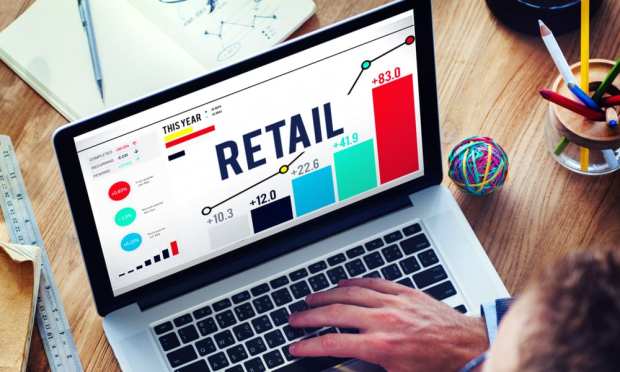AI Holds Answers For Retail’s Post-COVID Future

At some point after the COVID-19 crisis passes, retailers will need to reckon with artificial intelligence (AI). It may seem like an advanced data application is a galaxy away from current concerns about survival. But if data is the new oil for retail competition, AI is the jet fuel. And if the retail comeback from COVID-19 contains order and purchase spikes, ignoring AI could come at a price.
That’s because retailers can often prepare for periods with anticipated spikes in sales, like holidays. But this potential spike will have very little lead time and could be complicated by supply chain issues.
“Because of lengthy supply chain lead times, but AI allows them to adjust along the way as the technology detects patterns in the data and separates signals from noise,” said Geoff Watts, CEO of retail technology firm EDITED. “By alerting the retailer of emerging trends that human analysis would miss, AI gives retailers time to change product mixes, merchandising, messaging, etc., to increase sales. AI can also help retailers deliver a better customer experience. Early AI adopters like Amazon are experts at this, using data to make on-point recommendations. As the customer journey becomes more complex with multiple devices playing a role and options like in-store pickup vs. shipping in the mix, AI can capture and manage that data, too, creating personalized recommendations for all customers.”
Based out of London and New York, EDITED is among those bringing AI to retail data, and plans to expand to the U.S. The company’s retail decisioning platform compiles data from eCommerce websites, its clients and publicly available data. By the nature of AI and machine learning, that data is amplified and exponentially exploded into new datasets that can show trends, both current and predicted.
“Right now, for retailers, supply chains are kind of falling apart, and seasonality isn’t often driving retail anymore, so that’s a huge inventory that retailers need to move, and they aren’t sure how to price,” Watts noted. “If you’ve got problems in your supply chain, that decision becomes very important. And there’s all this information asymmetry going on, so it’s not very clear as to how to predict your competitor’s behavior or even how you’re going to predict your consumer’s behavior. Bottom line: The need for data is greater than it ever has been before.”
A good example of what AI – and EDITED – can do – is to track and compare different markets. This becomes important as retailers try to predict what a potential comeback might look like. The EDITED AI analysis of Chinese markets found that the final weeks of March saw an uptick in new style and brand arrivals as factories in the country started to reopen. It also found that the virus-based economy caused a huge increase in discounts. At the highest point in late March, 73 percent of all Chinese products tracked by EDITED were price-reduced.
“I think what retailers will find is that really good AI technology just disappears,” Watts said. “And what I mean by that is if we want this to be usable by our customers, we need to present data from perhaps 30 different retailers to make sure they’re looking at an accurate and passionate market. We use computer vision models to help extract information. We try to fit all kinds of data, because we know every retailer’s needs are different. Bottom line: It all needs to be invisible. It just needs to work.”
Geoff likens the current retail data scene to stock trading in the 80s. At that point, brokers used dart boards, tea leaves and pure gut-level instinct to pick stocks until the crash of 1987. After that, Bloomberg terminals and various other data sets were created. He sees retail now going through the same process. The 2008 financial downturn brought the need for data to the fore, and retailers were the main contributors to the “Big Data” movement through their transactional data. Now, AI is ready to move Big Data to the next level.
“All of a sudden, it seems like eCommerce is the only thing that’s alive, but retailers need to be able to predict exactly how much of that business will come to reality,” Watts said. “It’s not just about how much of the business will be driven in the short term. It’s about how eCommerce will be driven in the next year, the year after and the year after that. And I think that’s the segue into an interesting conversation about how quickly that inversion will occur. And I think it will lead people to buy more online than in stores. It’s weird for people to think about, but it’s one of the things that AI can predict.”
